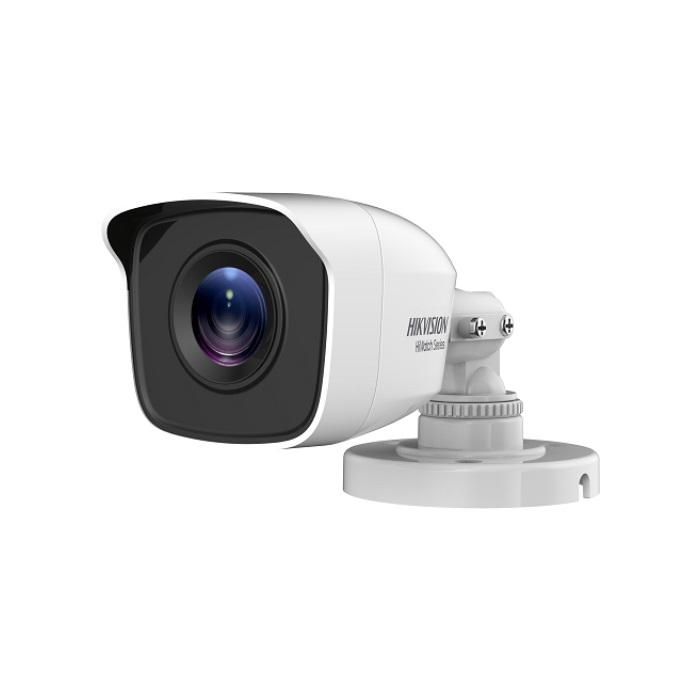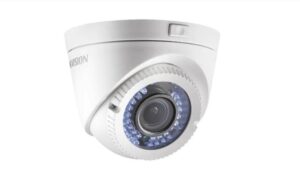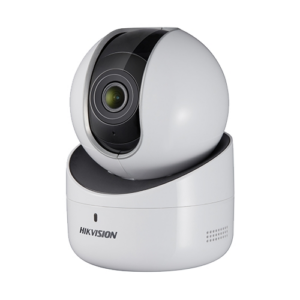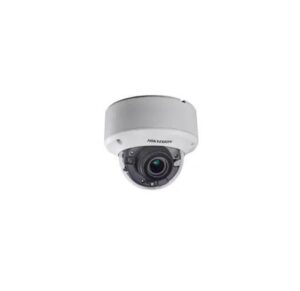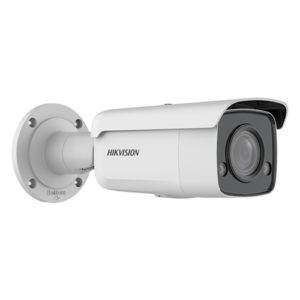Surveillance Camera Bullet 2MP IR 20m 2.8mm Lens HWT-B120-M Hikvision Turbo HD HiWatch Series
In stock
Without VAT
€13,51
In stock
The Hikvision HWT-B120-M surveillance camera has a 2.0 megapixel progressive scan CMOS sensor, offering a resolution of 1920(H) × 1080(V) at 25 frames per second (1080p). The minimum light sensitivity is 0.01 Lux (F1.2, AGC activated), and with the IR lighting on it can work at 0 Lux. The 2.8 mm lens offers a viewing angle of 103, ideal for monitoring a wide area. The camera is equipped with IR lighting that covers a distance of up to 20 meters and has an IR Cut filter for clear and detailed images in variable light conditions.
Technical specifications of Hikvision HWT-B120-M surveillance camera:
- Manufacturer: Hikvision
- Sensor: 2 MP CMOS image sensor
- Resolution: 1920(H) × 1080(V), 1080p at 25fps
- Lens: 2.8 mm
- Viewing angle: horizontal: 103
- Minimum illumination: 0.01 Lux (F1.2, AGC ON), 0 Lux with IR
- IR distance: up to 20 m
- Special functions: DWDR; BLC; HLC; Brightness; Sharpness; Mirror; Smart IR
- Plug: BNC
- Output format: TVI/AHD/CVI/CVBS
- Communication protocol: HIKVISION-C
- Power supply: 12 VDC±15%
- Consumption: maximum 5 W
- Degree of protection: IP66
- Operating temperature: From -40C to +60C
- Case type: Bullet, metal
- Dimensions: 65.9 × 189.2 × 81.8 mm
- Weight: 400g
Digital Wide Dynamic Range technology
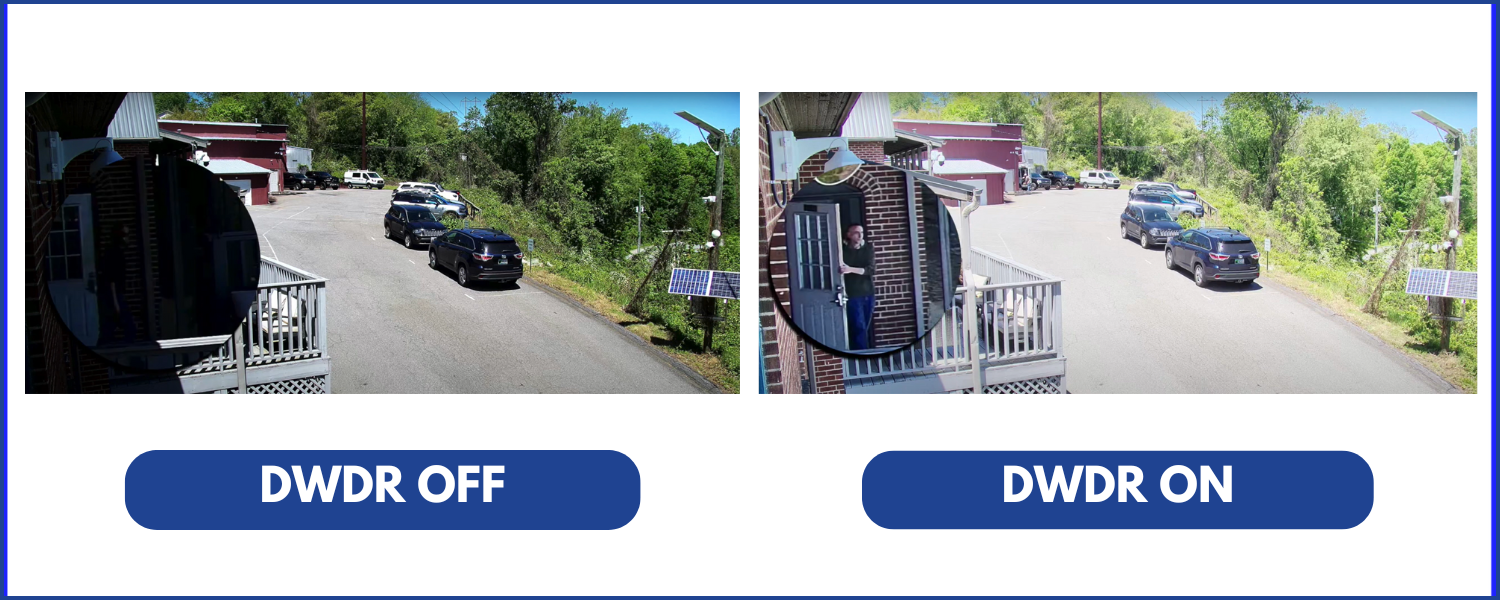
Corrects images in which there are strong light contrasts in the monitored area. This function is able to adjust the level of light in a section of the image to be able to distinguish the details both in very bright areas and in dark ones. Unlike WDR or True WDR – functions implemented in the sensor, a digital image post-processing algorithm is applied to the DWDR function.
Back Light Compensation technology
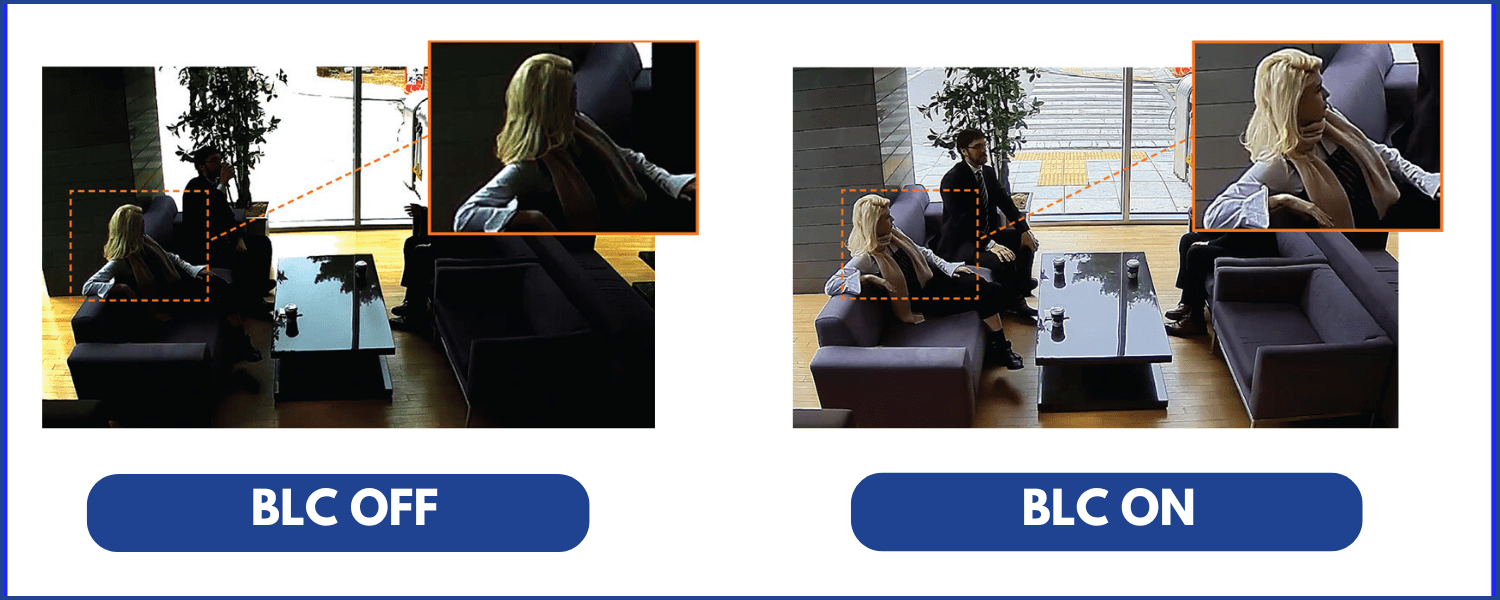
It is essential for capturing clear images in difficult lighting situations. Often this is used when a strong light source is behind the subject of interest, causing the subject to appear only as a black outline. BLC allows the camera to adjust the exposure for the entire image, thus ensuring a correct exposure of the subject in the foreground. This function balances the light, providing clear and precise details, even in contrasting lighting conditions, allowing the correct recognition and identification of subjects in any situation.
High Light Compensation technology
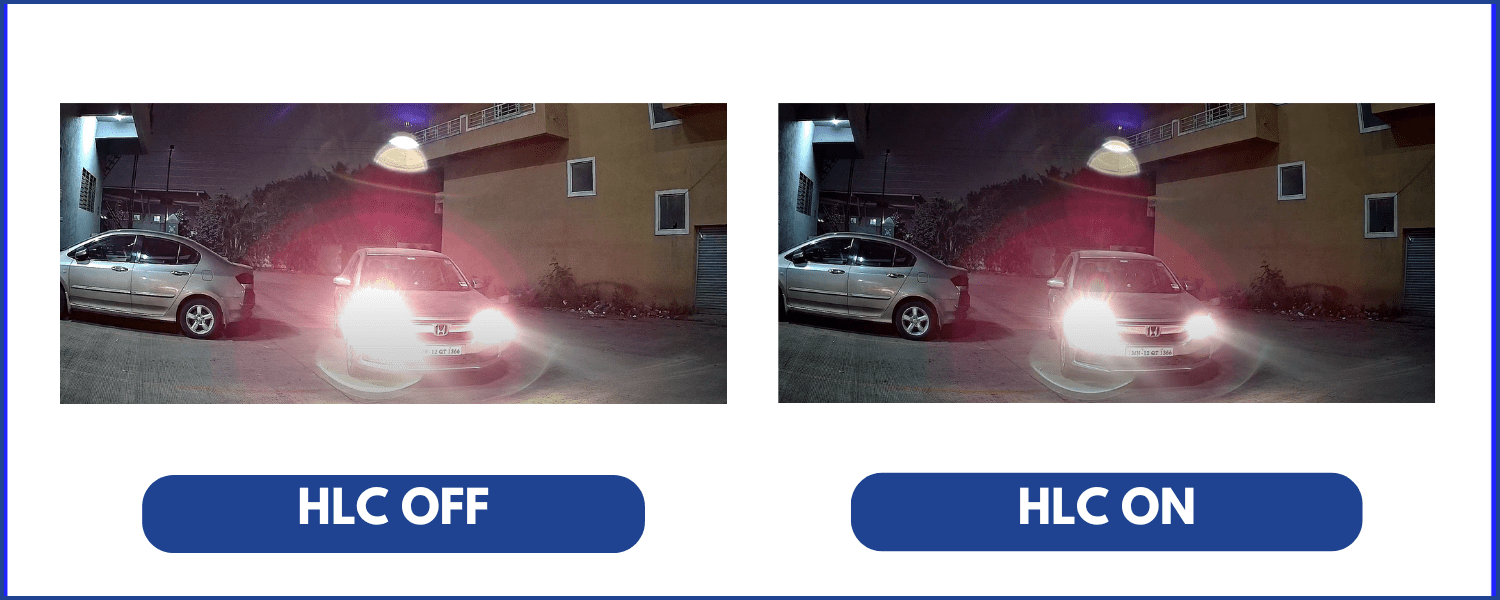
The HLC technology allows surveillance cameras to identify areas with high brightness, compensating the exposure on these areas, so that the displayed images are as clear as possible. This function is most used for reading license plates at night, when the vehicles have their headlights on.

